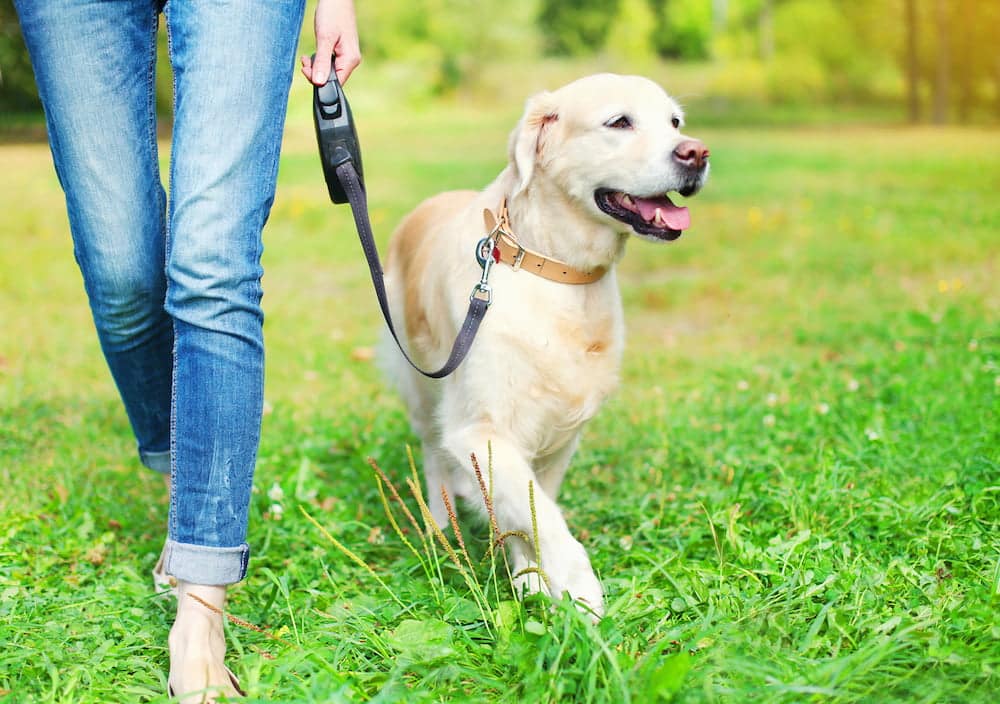Dog owners are being cautioned to keep an eye on their animals this spring to ensure a simple frolic does not end with a trip to the veterinarian.
Charles Sturt University academics are leading the country in research that could provide widespread benefits for dog owners and veterinarians across the globe.
Senior Lecturer in Small Animal Medicine and Head of the Small Animal Referral in Wagga Hospital in Wagga Wagga Dr Martin Combs is leading a team of Charles Sturt researchers investigating techniques to improve prevention, diagnosis and treatment of grass seed foreign bodies in dogs.
While the research primarily looks at working dogs, Dr Combs said there is a lot of relevance to domestic or pet dogs too.
The research focuses on three main areas:
- Looking at incidence, geographical distribution of and risk factors/protective factors for grass seed foreign bodies
- Improving identification techniques and retrieval methods for grass seed foreign bodies
- Developing training to help veterinarians and students use technologies and surgical techniques to identify and remove grass seeds from dogs
“We are still in the early stages, but the aim is to reduce disease incidence and severity in dogs,” Dr Combs said.
“Raising awareness is important as dog owners often don’t understand how severe this disease can be.
“This is a huge problem in regional Australia, many dogs suffer and die from grass seed foreign bodies, tens of thousands need treatment for it.
“Improving prevention and treatment strategies for this disease will benefit millions of dogs worldwide.”
National Dog Day is on Friday 26 August and Dr Combs said there is no better time to ensure dog owners are aware of potentially life-threatening ailments to aid in detection and prevention.
Dr Combs said the presentation of grass seed foreign bodies in working dogs and domestic dogs differ in terms of the body parts the seed gets stuck in and the symptoms the dogs show to indicate there is a problem.
Working dogs are more likely to get grass seeds stuck in internal organs, after they have been inhaled while running, which can lead to abscesses in the back, abdomen, chest and heart.
Domestic dogs are more likely to get grass seeds stuck externally in the ears, eyes, paws, mouth and nose from long grass in the backyard or walks in parks and around the neighbourhood.
“Working dogs often present with very severe disease … because they are exposed to grass seed in different ways,” Dr Combs said.
“We have seen farm dogs with thousands of seeds in their coat and I have seen dogs where those seeds have worked their way directly through the body wall into body cavities.
“The injuries they sustain can prevent them from continuing work.”
Dr Combs said there will be signs for dog owners to look out for that indicate they require a check-up or treatment by a veterinarian.
Symptoms to look for include lameness, head shaking and pawing at ears, nasal discharge, sneezing and sore eyes. Additional signs, particularly in working dogs, can include lethargy, increased effort in breathing, reluctance to jump or back pain, or a pus draining sinus on the limbs, armpit, groin and back.
Late spring or early summer is usually when most cases appear, and Dr Combs said this season could be particularly worrisome after recent consistent rains will produce longer grass.
The living environment of the animal is crucial, according to Dr Combs, who said evidence shows animals in properties with large blocks of land have a higher risk.
But Dr Combs said some simple checks and grooming techniques could prevent problems in both working and domestic dogs.
“Awareness is a key feature – avoid running your animal through long grass – but grooming is the best preventative strategy,” he said.
“Our studies showed that grooming is important, likely because it reduces cross fibres in the coat that hold and pull seed towards the skin.”
Grooming is not the full solution, however, as they do not stop all grass seeds and because inhaled grass seeds are also a feature of disease, Dr Combs said this has led researchers to consider other strategies. These preliminary solutions include body suits, booties and head nets.
Dr Combs said the presentation and diagnosis of grass seed foreign bodies is difficult and this prompts the need for ongoing research and training of veterinarians.
“Grass seed foreign bodies can be incredibly difficult to find, many diagnostic imaging techniques are ineffective, and seeds move, so where the inflammation is, is often not where the seed is,” he said.
“Finally, we need to refine techniques for seed retrieval and treatment as traditional surgical techniques are invasive, and relatively damaging to tissue, and are poor at finding the seeds.
Dr Combs will give a presentation on this project as one of the Charles Sturt researchers that comprise a packed three-day program at the University’s site at the Henty Machinery Field Days from Tuesday 20 to Thursday 22 September.
Get the latest Canberra Daily news, sport, entertainment, lifestyle, competitions and more delivered straight to your inbox with the Canberra Daily Newsletter. Sign up here.



